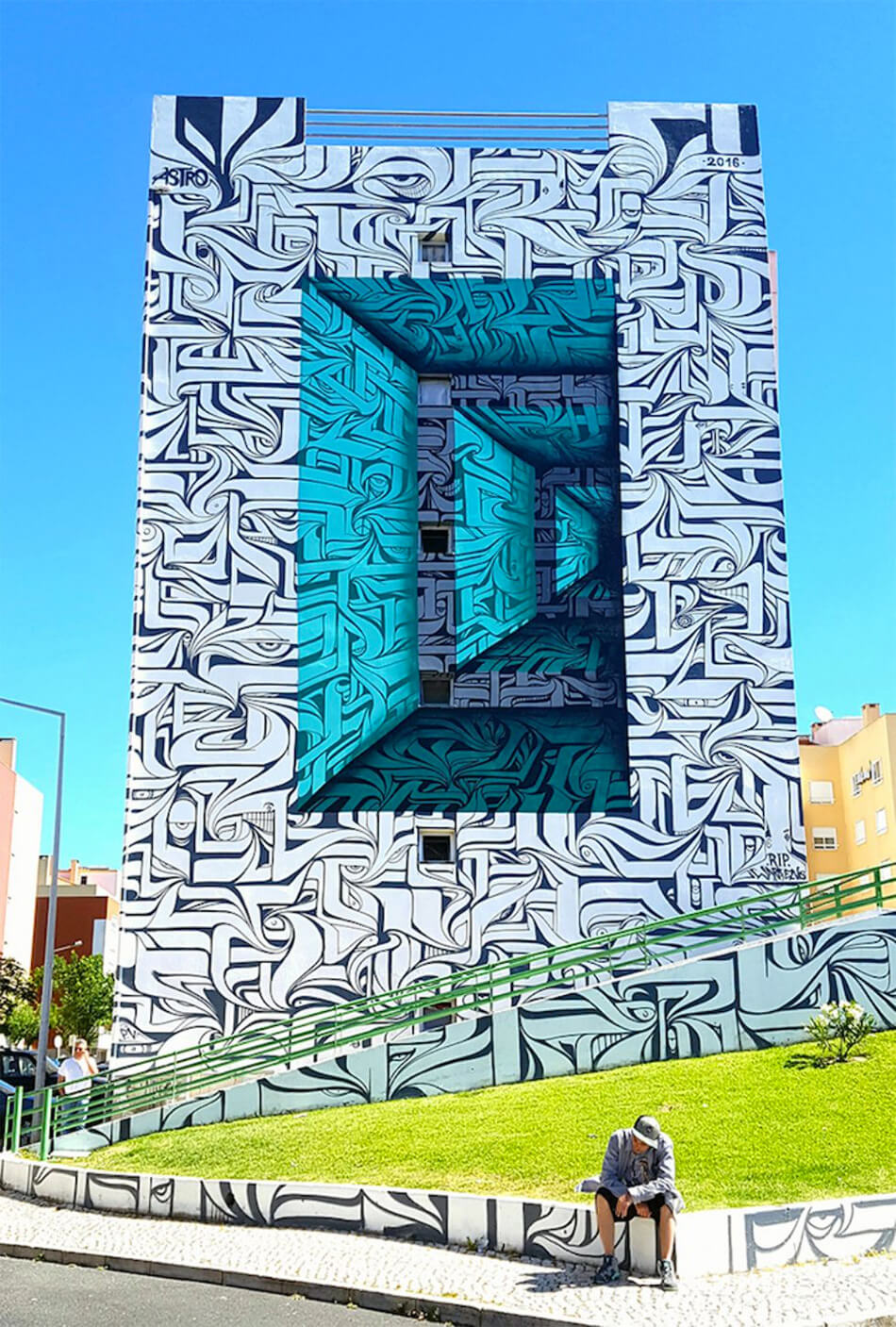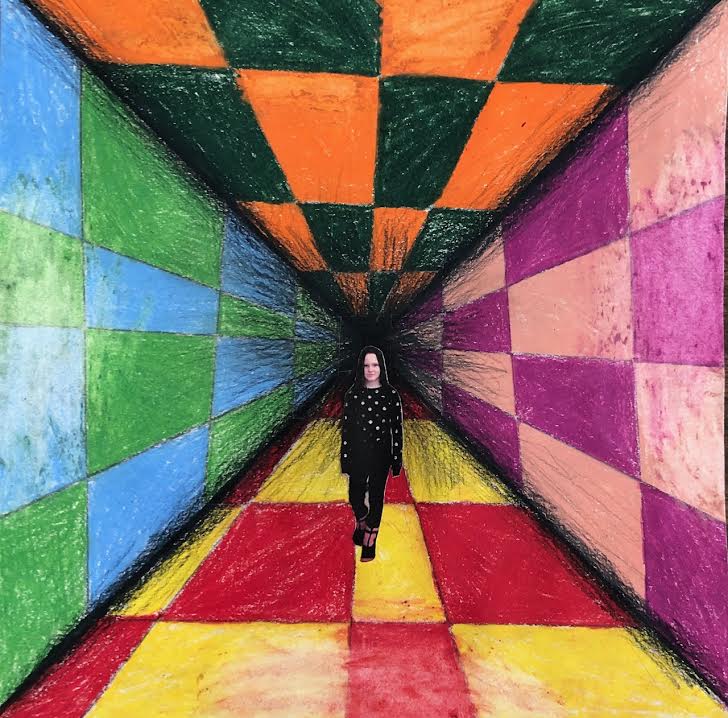

The composition is that of a classic portrait, as well: the figure is posing within the frame, not attempting to climb out of it. For one, because it’s monochrome, it doesn’t try to fool the eye the way a drawing or painting in color could.

So, the above drawing by Wendy Donahoe could be described as photorealistic, but not trompe l’oeil. Nicholas, graphite, by Wendy Donahoe, winner of best in show in December 2012. Photorealism is inspired by photography, so the compositions are closer to what a camera would see than what the eye sees. Trompe l’oeil is a tradition that goes way, way back before photography existed.(Look at the shadows and folds painting at the top of this post.) Photorealism aims simply to recreate an image as realistically as possible, in two dimensions. The two techniques have different goals: a trompe l’oeil artist wants to trick the viewer with the illusion of three-dimensionality.In photorealism, the subject could be anything. Trompe l’oeil is intended to fool the eye into thinking something is really there, so the subject matter is limited to objects that could conceivably be on a wall. Playing cards, window scenes, and recognizable materials like wood and marble are common subjects.photorealismīoth trompe l’oeil and photorealism both involve depicting something as realistically as possible, but there are a few differences: With trompe l’oeil artist Dennis Crayon in the solo gallery this month, it’s the perfect time to explain what the technique is, how it works, and share some examples: Trompe l’oeil vs. It’s often defined simply by explaining that the words are French for “fool the eye,” but that doesn’t really tell the whole story. If you love art, you’ve surely come across the term trompe l’oeil. Road Trip, oil on panel, by Dennis Crayon


 0 kommentar(er)
0 kommentar(er)
